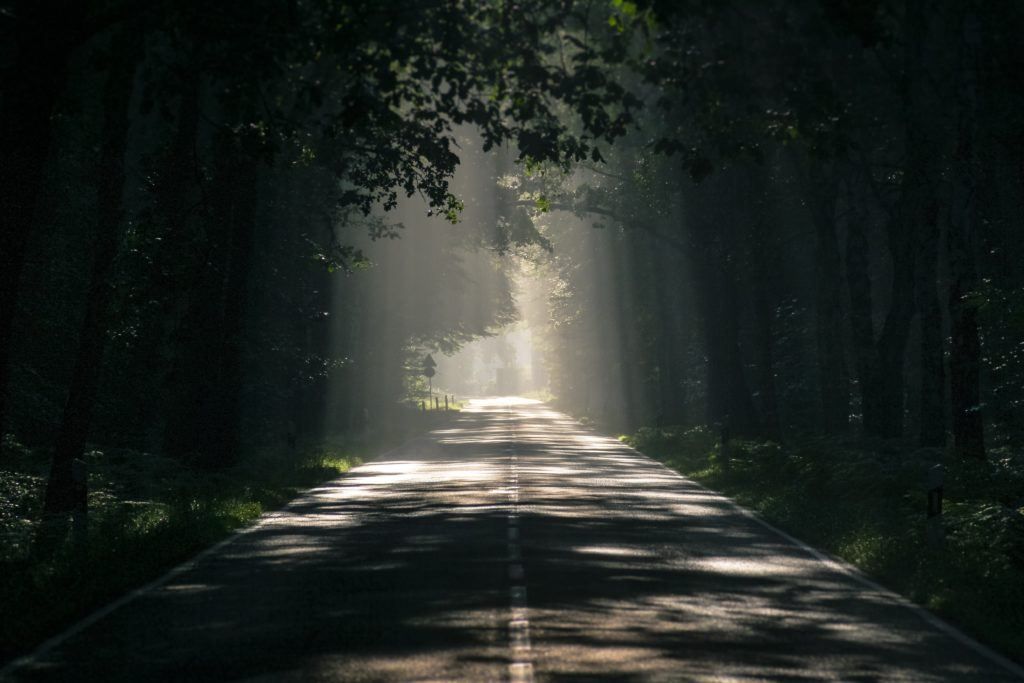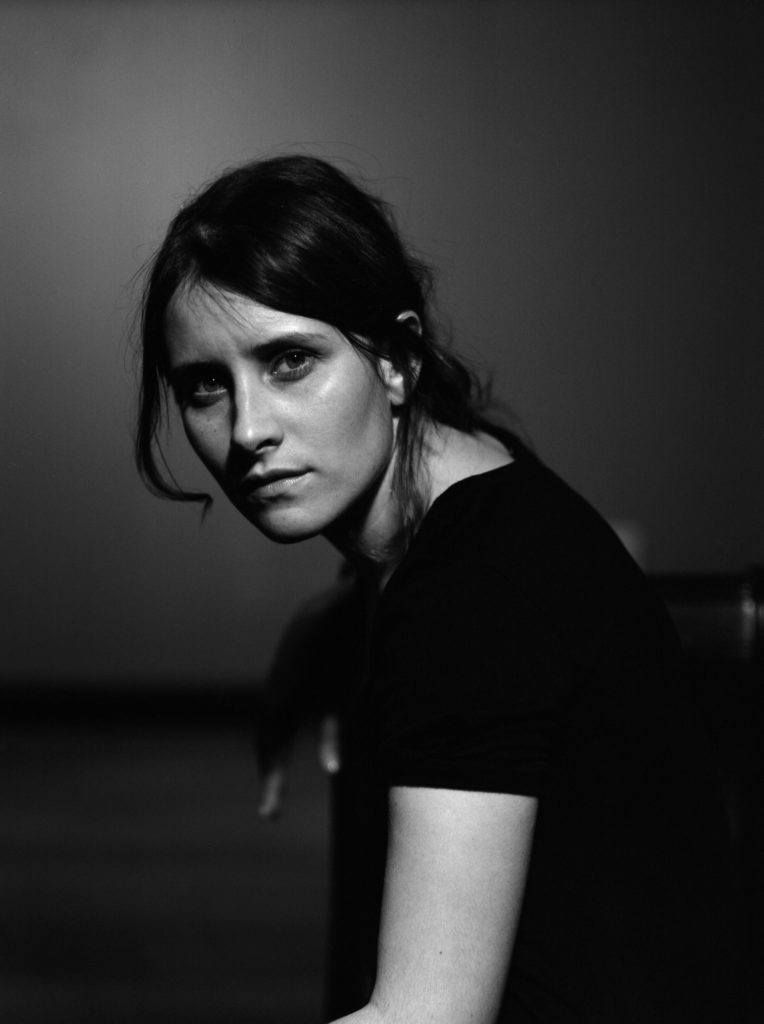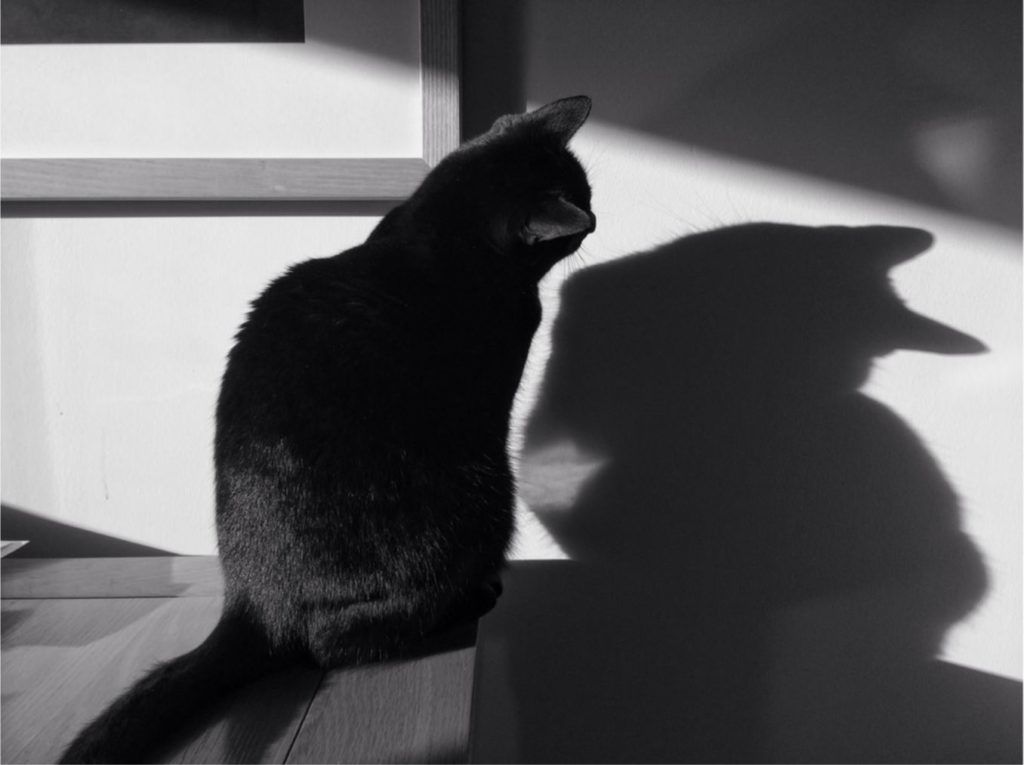5 Tips on Why You Should Be a Student of Light

New / Noteworthy

Photo by MartyNZ on Pixabay
This Quick Tip comes to you from our premium guide Understanding Light: Book One
We all know that anyone can pick up a camera and start snapping pictures. Some of us might get lucky and create some interesting photographs like that – but most of us won’t.
It’s up to us to develop the skills that allow us to spot, analyze, and create interesting photographs. Often times, these three things must be decided in a matter of milliseconds.
And, like anything else in life (that has intrinsic value), these skills will only be developed by practice.
Knowing how light works, how light influences color, how it creates shadows, and how light (and shadows) can be altered to create a mood in a photograph is the first step toward becoming a photographic artist.
Train Yourself to SEE the Characteristics of Light and Shadow.
What you’re about to witness is geared toward helping you to learn to see the characteristics of light and shadow.

Photo by Jay DeFehr
How many light sources were used in the portrait of this woman? Are the light sources hard or soft? Do the shadows indicate a small light source or a large light source? A great way to learn about light is to study the lighting in other photographs that appeal to you.

Photo by Ben Mizen
The shadows tell us much about the lighting in a photograph. Not only should you study the light in photographs, you should also study the shadows. Is this artificial light or natural light in the photograph of the cat? Is the light source hard or soft? What does the shadow tell you about this photographic situation? Shadows can tell you if the light source was close to, or far away from, the subject. They can also give you an indication of whether the light source was a hard light or a soft light.
- The closer a light source is to the subject the harder that light source becomes.
- A clearly defined shadow edge indicates a harder light source. (The light source on the cat is a hard artificial light source.)
- You can identify the number of light sources in a photograph by studying the highlights on, and around, the subject. (The portrait of the woman has 2 light sources: one on the front of the woman to her left (camera right) and one on the background to the left of the picture.)
- A soft edged shadow indicates a soft light source.
- The larger a light source size is (relative to the subject size), the softer the light becomes.
I've got something special for you on the next page...
If you’d like to learn exactly how to understand light and shadows this weekend. Go here to check out our Premium Guide, Understanding Light: Book One now »
Click below now, to read about it on the next page…

About Kent DuFault
Kent DuFault became a photographer in September of 1974. He took a “Basic Photography” class in high school and was hooked for life. His best-selling guide, Understanding Light: Book One has helped 1000's photographers learn and master lighting in photography.

